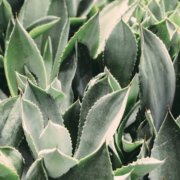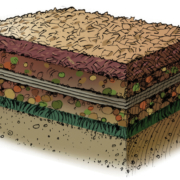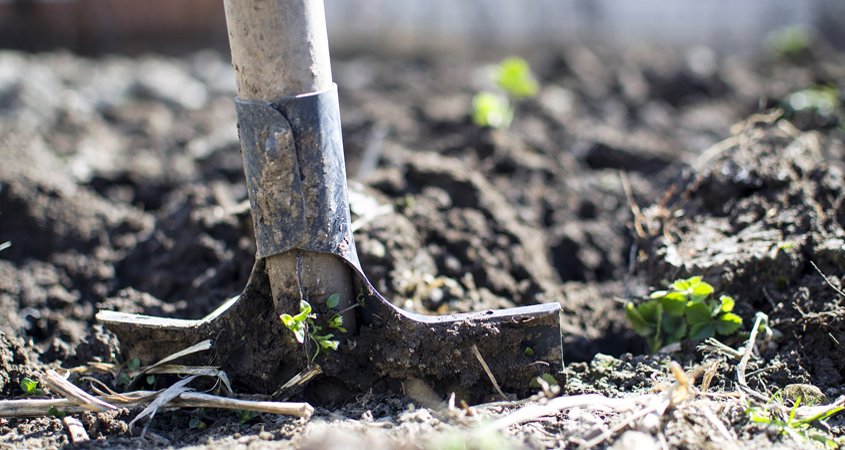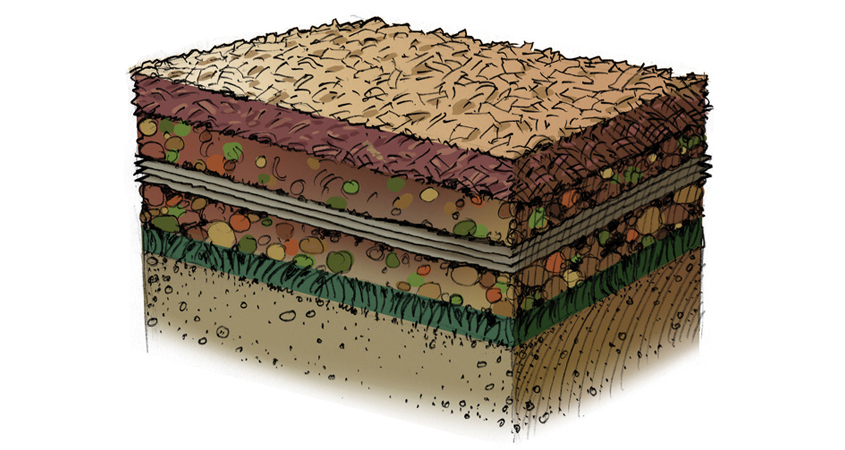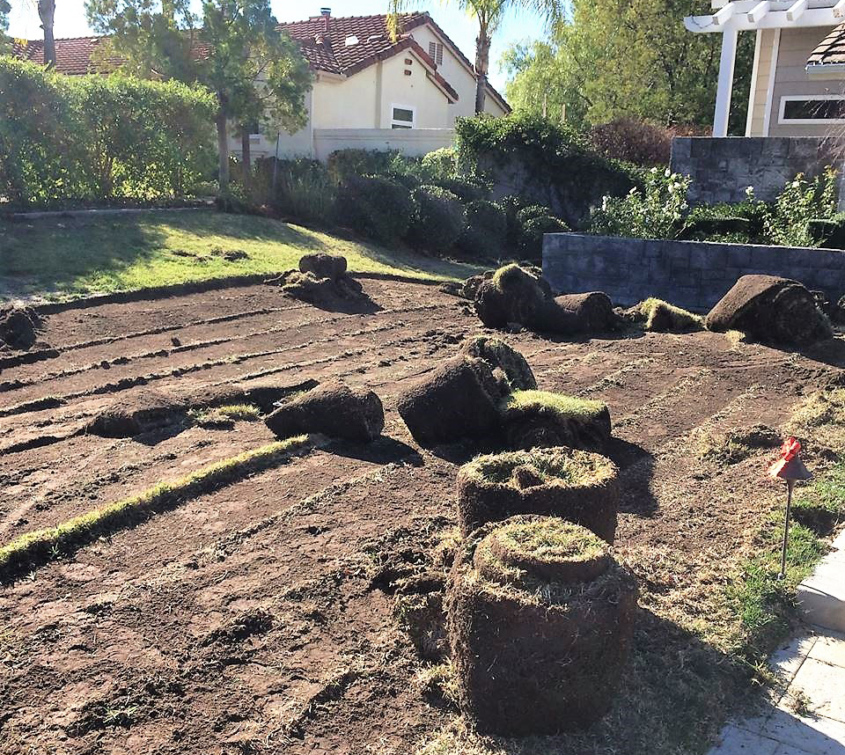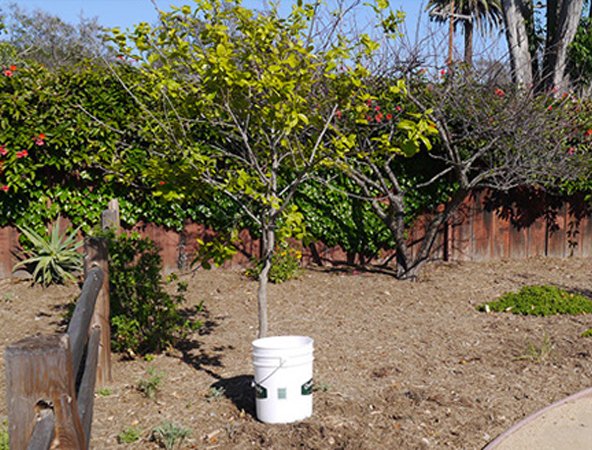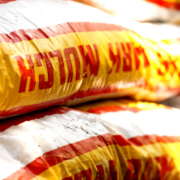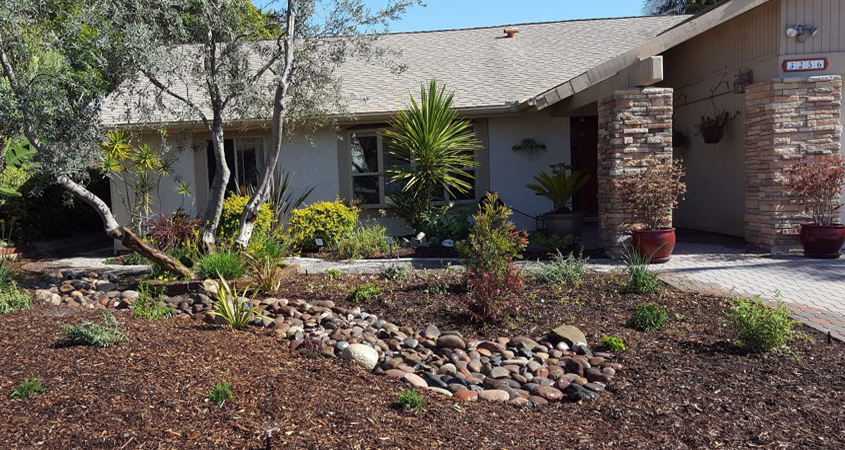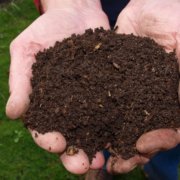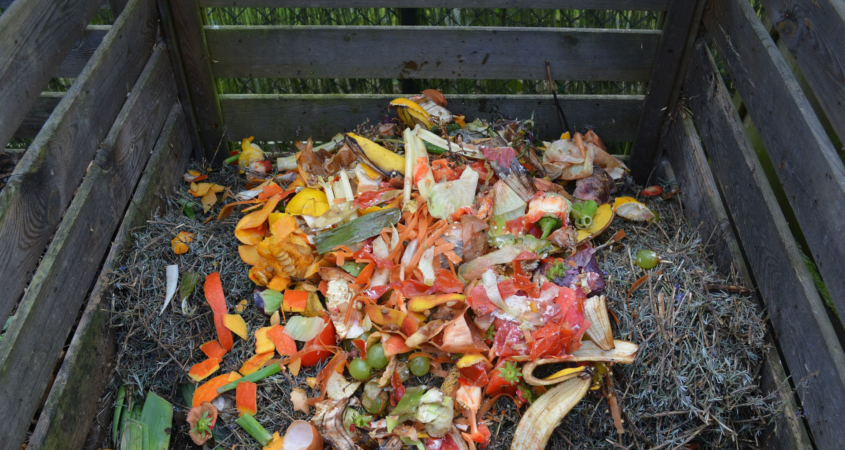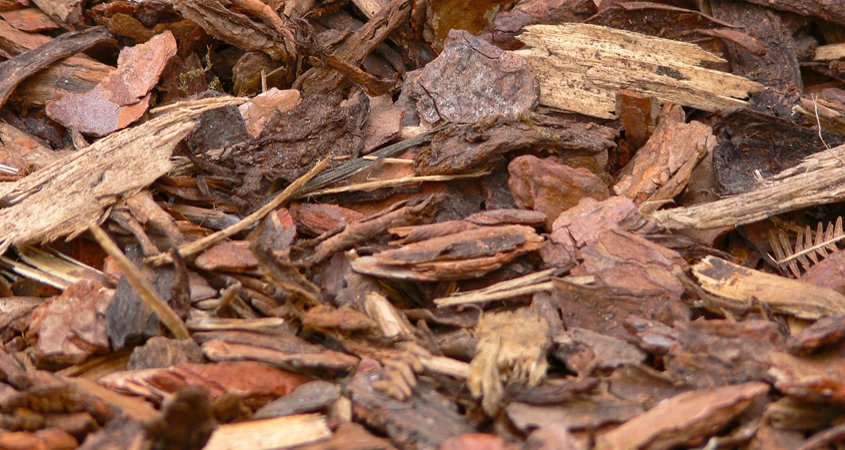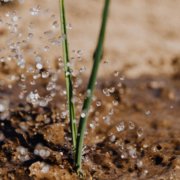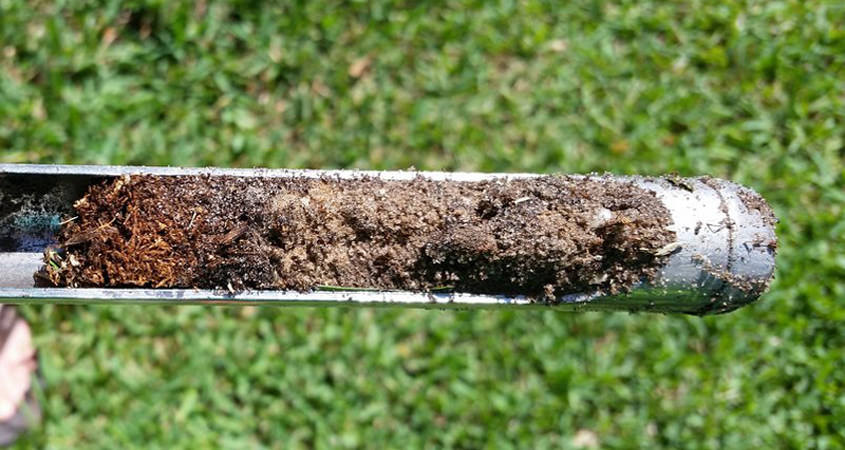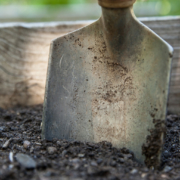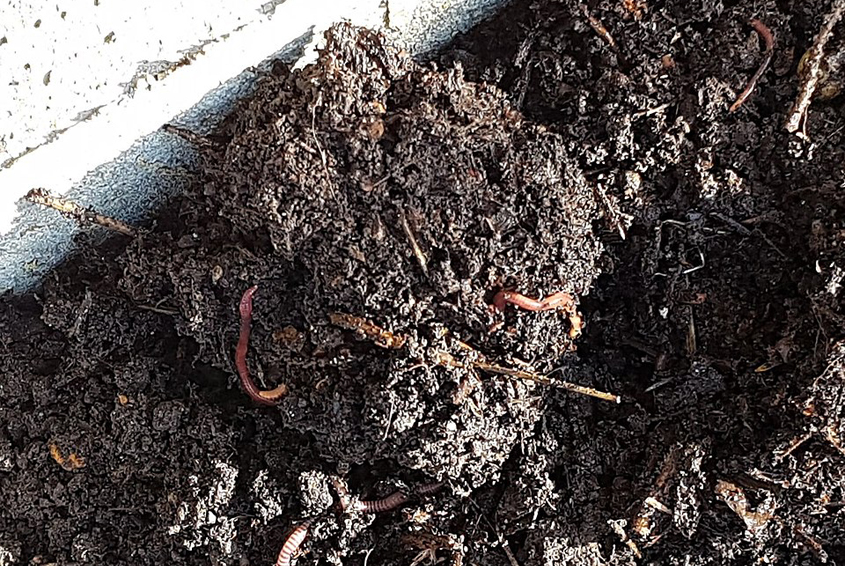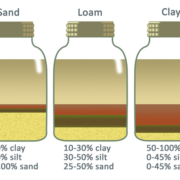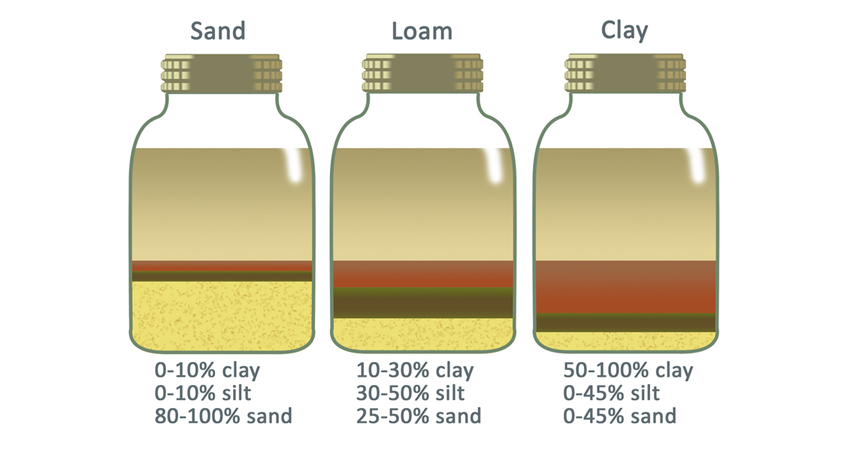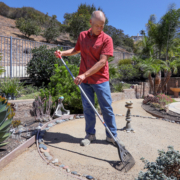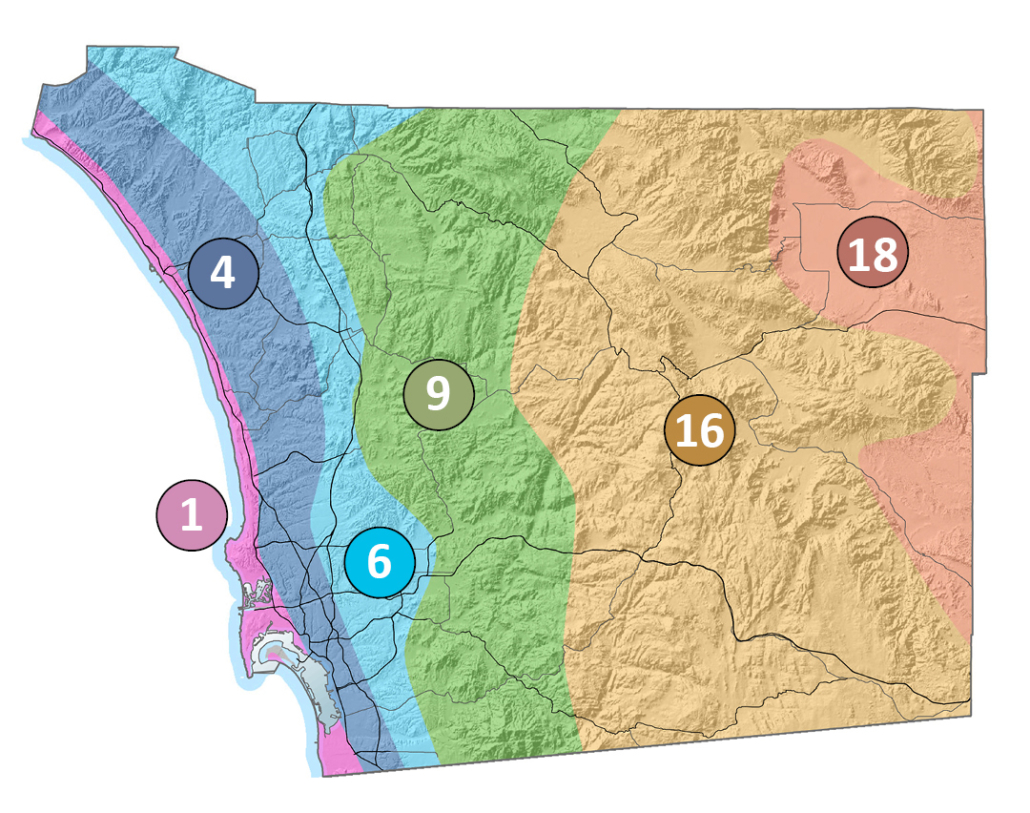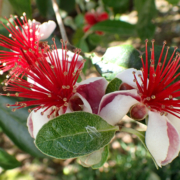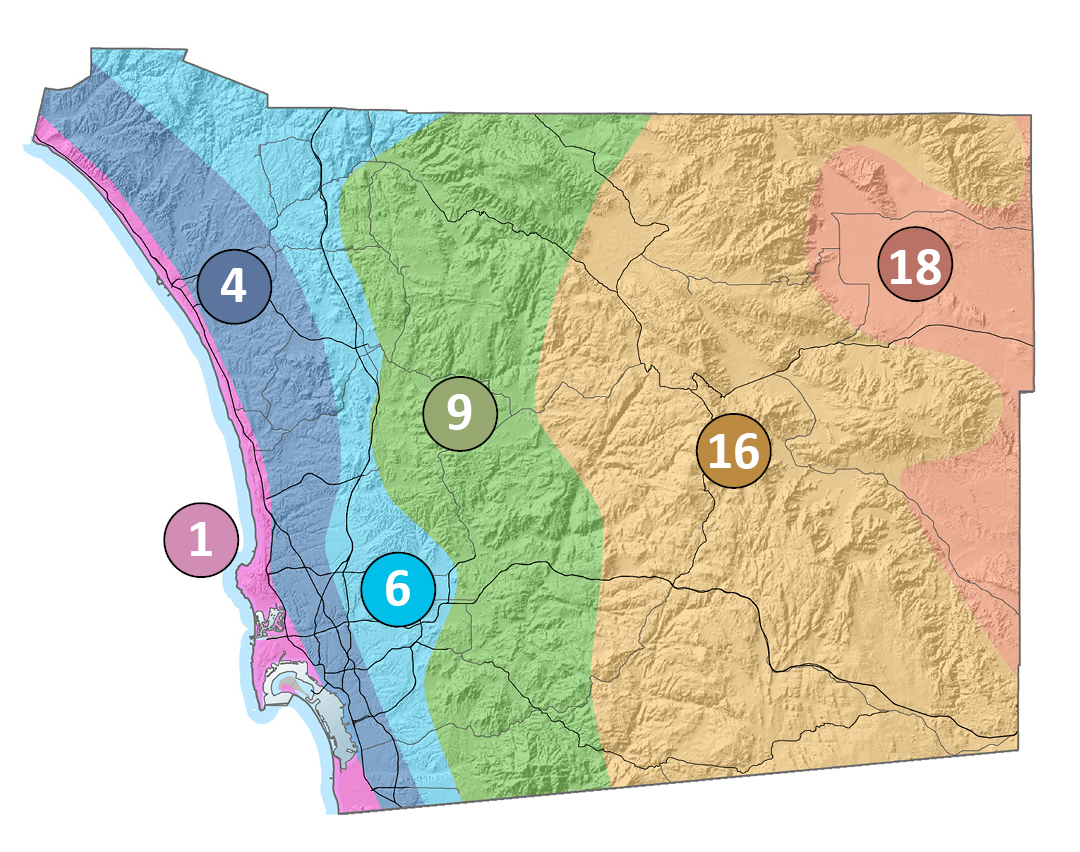One Simple Key to Watering Your Plants
When you’re replacing your landscaping with an eye to conserving water, it’s important to understand how much water plants really need. A quick, simple way landscape experts do this is a method the home landscaper can use, too.
Evapotranspiration (ET) is the process of assessing various factors to determine how much water plants use, and when they need it. ET explains and incorporates important environmental conditions such as solar radiation (sunshine) or cloud cover. The stronger the sun’s rays, the higher the ET.
Plant leaves work a lot like mini solar panels. Leaves gather energy plants use to transform water and carbon dioxide from the air into oxygen and sugars for growing.
Transpiration of moisture through leaves is similar to perspiration. It cools down the leaves. Water also evaporates from the soil itself around plants. The combined water loss from the plants and the soil together makes up evapotranspiration.
Understanding water loss in terms of ET helps you select the right plants for your sustainable landscaping by assessing your overall landscape water requirements, planning irrigation, and managing the Soil Moisture Account.
Drought Tolerant Plants Share Four Common Qualities
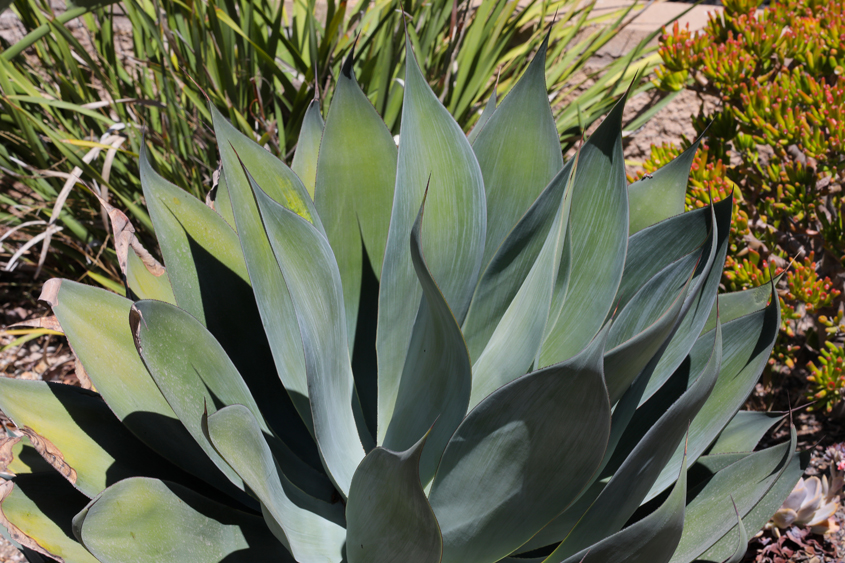
Plants with silver, leather-like leaves like this Agave are extremely water efficient. Photo: San Diego County Water Authority
Do you need help identifying climate-appropriate plant choices for your new sustainable landscaping? Look for these four characteristics shared by drought-tolerant plants.
Stiff, Leathery Leaves: These leaves hold and store water, and stay evergreen most of the year.
Silver or Hairy Leaves: Light-colored leaves reflect sunlight to cool the plant. Hairy leaves hold moisture longer, and also protect the plant from hot direct sun.
Tiny Leaves: Tiny leaves are tiny solar panels. Lots of tiny leaves are easier to keep cool than a single larger leaf because there is more surface area to receive energy and use evaporation to cool down.
Solar Tracking Leaves: Some plant leaves are sun worshipers. They will turn toward the sun’s path throughout the day. As the day progresses, you will see the leaves more horizontally oriented. The plant is shifting its solar panel leaves to minimize sun exposure. Many California native plants like manzanitas have this ingenious adaptation.
The Water Authority’s Sustainable Landscaping guidebook contains a Plant List with climate-appropriate plants. They are also highlighted throughout the guidebook.
This article is part of a year-long series inspired by the 71-page Sustainable Landscapes Program guidebook. The Water Authority and its partners also offer other great resources for landscaping upgrades, including free WaterSmart classes at WaterSmartSD.org.

